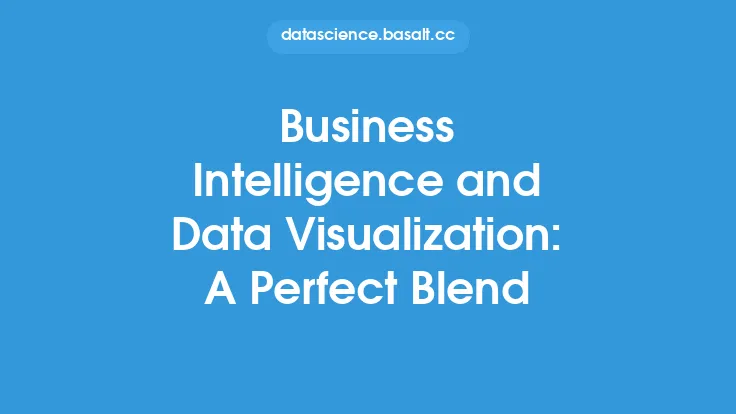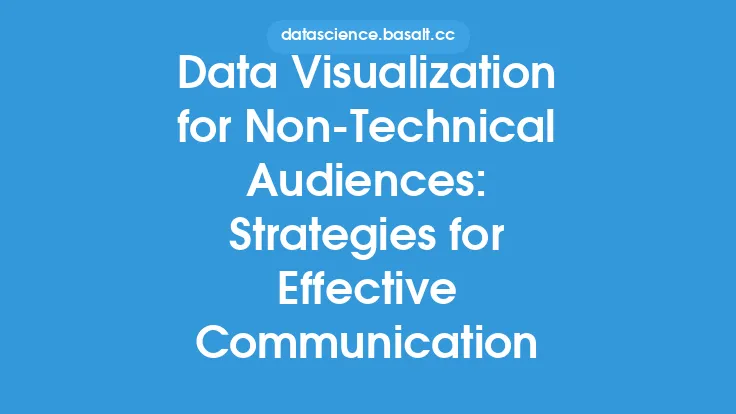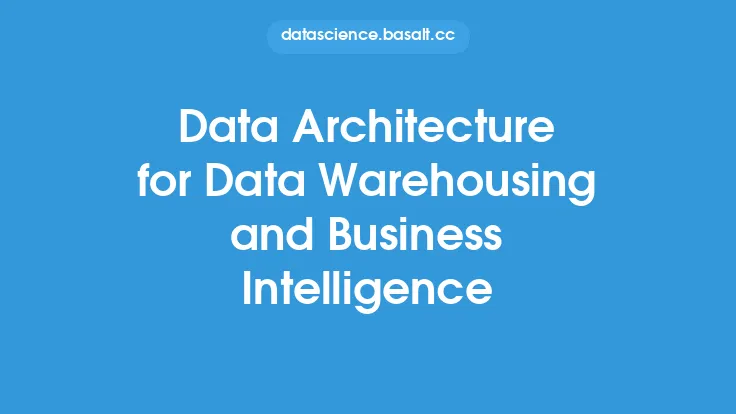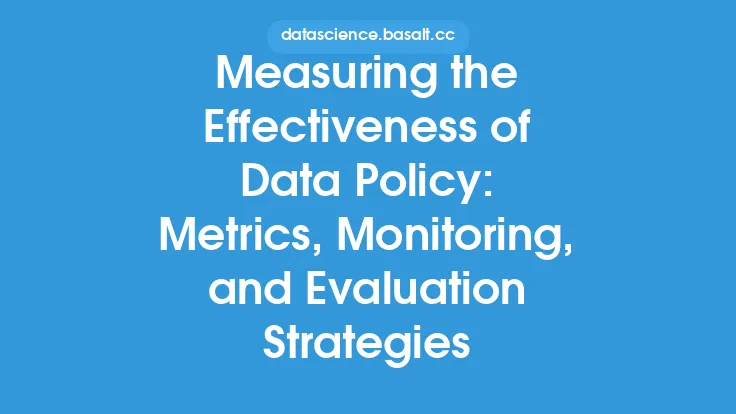In today's fast-paced business landscape, data reporting plays a crucial role in informing decision-making, driving growth, and optimizing operations. Effective data reporting strategies are essential for business intelligence, as they enable organizations to extract insights from their data, identify trends, and make data-driven decisions. In this article, we will delve into the world of data reporting, exploring the key concepts, techniques, and best practices that can help businesses create a robust data reporting framework.
Understanding Data Reporting
Data reporting is the process of collecting, analyzing, and presenting data in a meaningful way to support business decision-making. It involves transforming raw data into actionable insights, which can be used to identify opportunities, mitigate risks, and optimize business performance. Effective data reporting requires a deep understanding of the organization's goals, objectives, and key performance indicators (KPIs). It also demands a robust data infrastructure, including data warehouses, data lakes, and business intelligence tools.
Data Reporting Framework
A well-structured data reporting framework is essential for effective data reporting. This framework should include the following components:
- Data Sources: Identify the relevant data sources, including internal and external data, such as customer feedback, sales data, and market trends.
- Data Processing: Develop a data processing pipeline that can handle large volumes of data, including data cleaning, transformation, and loading.
- Data Storage: Design a data storage architecture that can support the organization's data needs, including data warehouses, data lakes, and cloud-based storage solutions.
- Data Analysis: Apply various data analysis techniques, such as statistical modeling, data mining, and machine learning, to extract insights from the data.
- Data Visualization: Use data visualization tools to present the insights in a clear and concise manner, including reports, dashboards, and scorecards.
- Data Governance: Establish a data governance framework that ensures data quality, security, and compliance with regulatory requirements.
Data Reporting Techniques
There are several data reporting techniques that can be used to create effective reports, including:
- Ad-hoc Reporting: Create reports on an as-needed basis to support specific business decisions or initiatives.
- Scheduled Reporting: Generate reports on a regular schedule, such as daily, weekly, or monthly, to provide ongoing insights and monitoring.
- Real-time Reporting: Provide real-time insights and updates to support timely decision-making and rapid response to changing business conditions.
- Predictive Reporting: Use predictive analytics and machine learning algorithms to forecast future trends and outcomes.
- Prescriptive Reporting: Provide recommendations and guidance on what actions to take based on the insights and analysis.
Data Reporting Tools and Technologies
There are many data reporting tools and technologies available, including:
- Business Intelligence (BI) Tools: Such as Tableau, Power BI, and QlikView, which provide data visualization, reporting, and analytics capabilities.
- Data Visualization Tools: Such as D3.js, Matplotlib, and Seaborn, which provide advanced data visualization capabilities.
- Reporting Software: Such as Crystal Reports, SSRS, and JasperReports, which provide reporting and document generation capabilities.
- Cloud-based Reporting Platforms: Such as Google Data Studio, Amazon QuickSight, and Microsoft Power BI Service, which provide cloud-based reporting and analytics capabilities.
- Big Data Technologies: Such as Hadoop, Spark, and NoSQL databases, which provide scalable and flexible data processing and storage capabilities.
Best Practices for Effective Data Reporting
To create effective data reports, follow these best practices:
- Keep it Simple: Avoid clutter and complexity in reports, focusing on clear and concise insights and recommendations.
- Use Visualizations: Leverage data visualizations to present complex data insights in a clear and intuitive manner.
- Focus on Key Metrics: Identify and track key performance indicators (KPIs) that align with business objectives and goals.
- Provide Context: Provide context and explanations for the data insights and recommendations, including assumptions and limitations.
- Ensure Data Quality: Ensure that the data is accurate, complete, and consistent, using data validation and data cleansing techniques.
- Use Interactive Reports: Use interactive reports and dashboards to provide users with the ability to explore and analyze the data in more detail.
Common Challenges and Pitfalls
When implementing data reporting strategies, organizations often encounter common challenges and pitfalls, including:
- Data Quality Issues: Poor data quality can lead to inaccurate insights and decisions.
- Insufficient Data Governance: Lack of data governance can lead to data security and compliance risks.
- Inadequate Reporting Tools: Using inadequate reporting tools can lead to inefficient and ineffective reporting processes.
- Lack of Skills and Training: Lack of skills and training can lead to ineffective use of reporting tools and technologies.
- Resistance to Change: Resistance to change can lead to slow adoption and limited use of data reporting initiatives.
Conclusion
Effective data reporting strategies are essential for business intelligence, enabling organizations to extract insights from their data, identify trends, and make data-driven decisions. By understanding the key concepts, techniques, and best practices outlined in this article, organizations can create a robust data reporting framework that supports their business objectives and goals. Remember to keep it simple, use visualizations, focus on key metrics, provide context, ensure data quality, and use interactive reports to create effective data reports. By avoiding common challenges and pitfalls, organizations can unlock the full potential of their data and drive business success.





